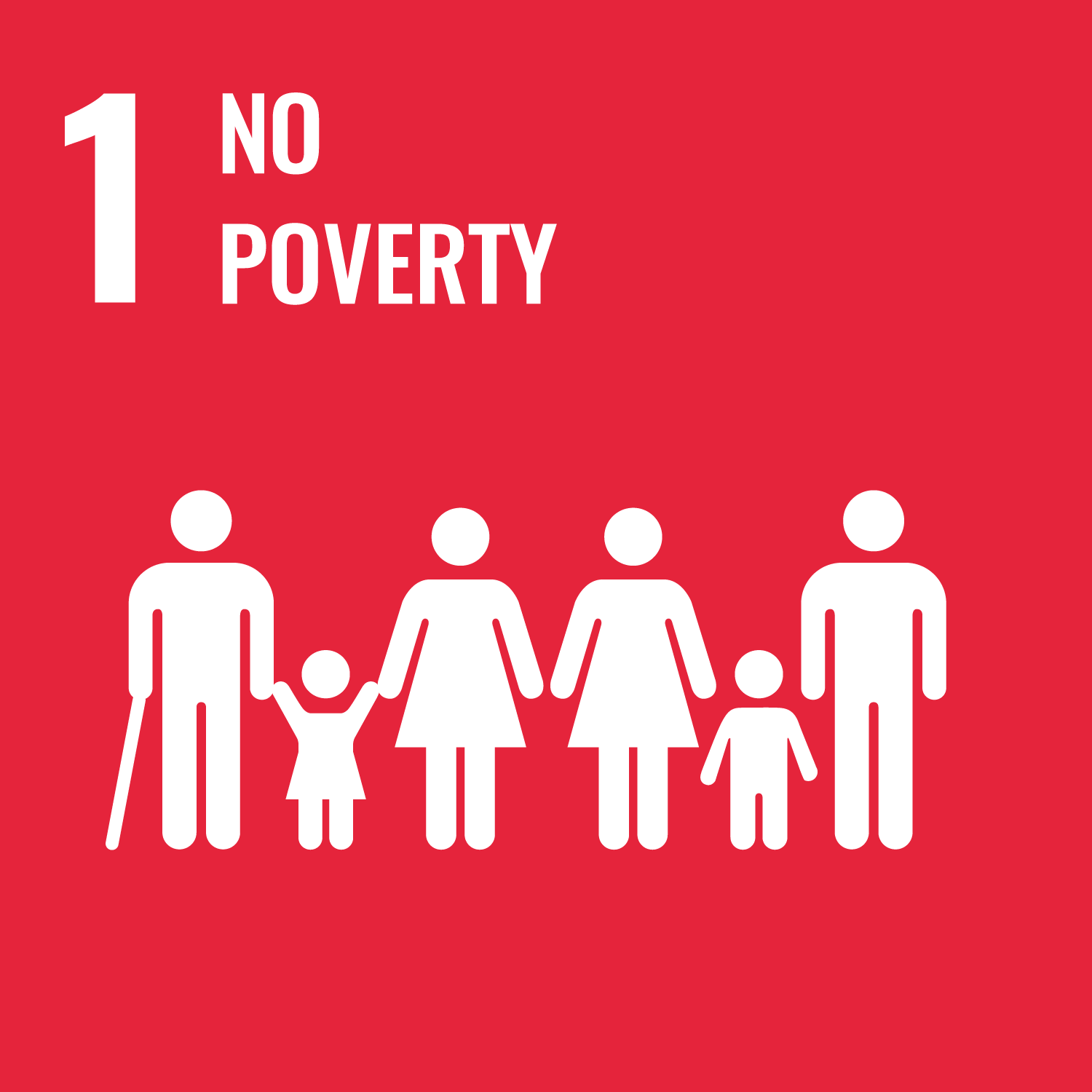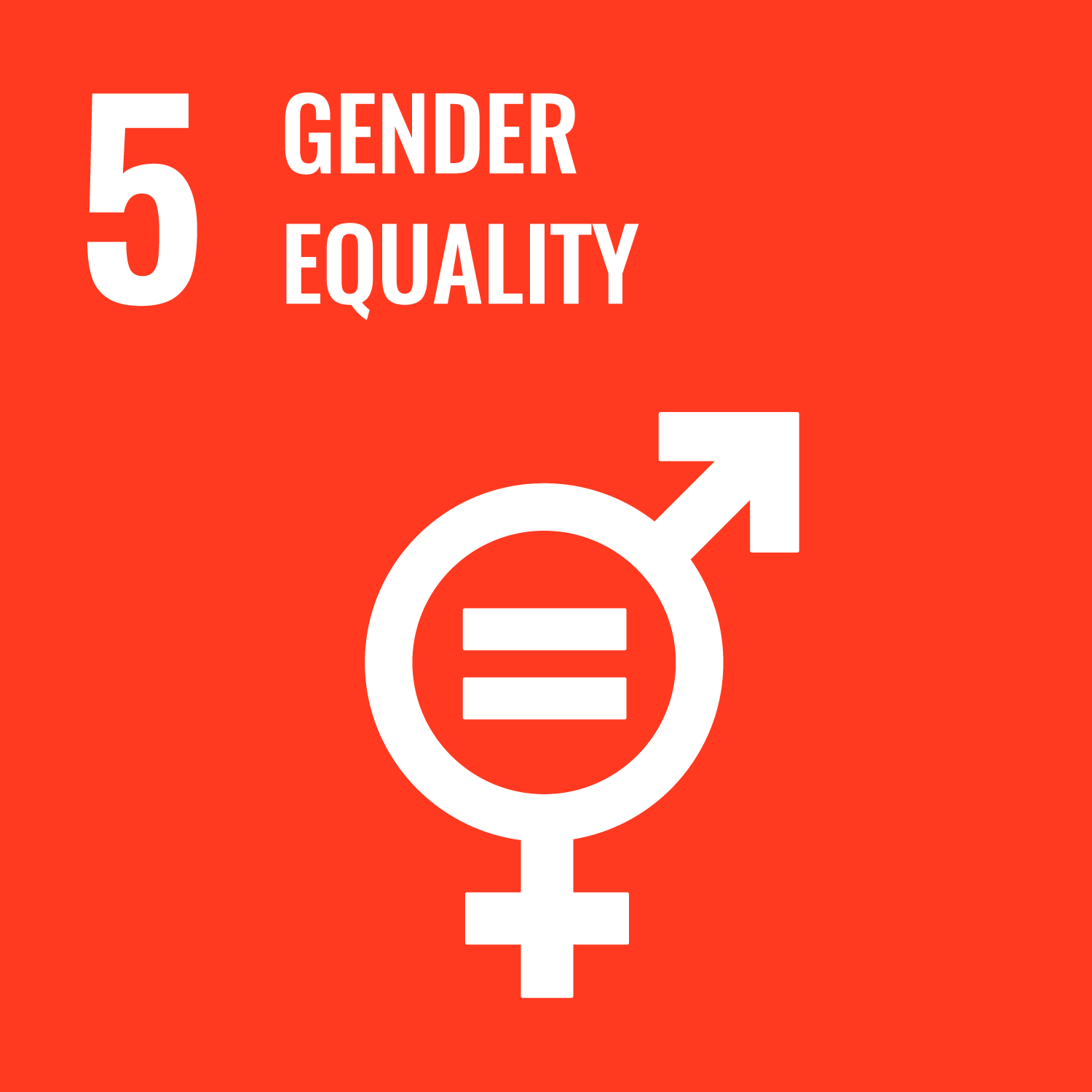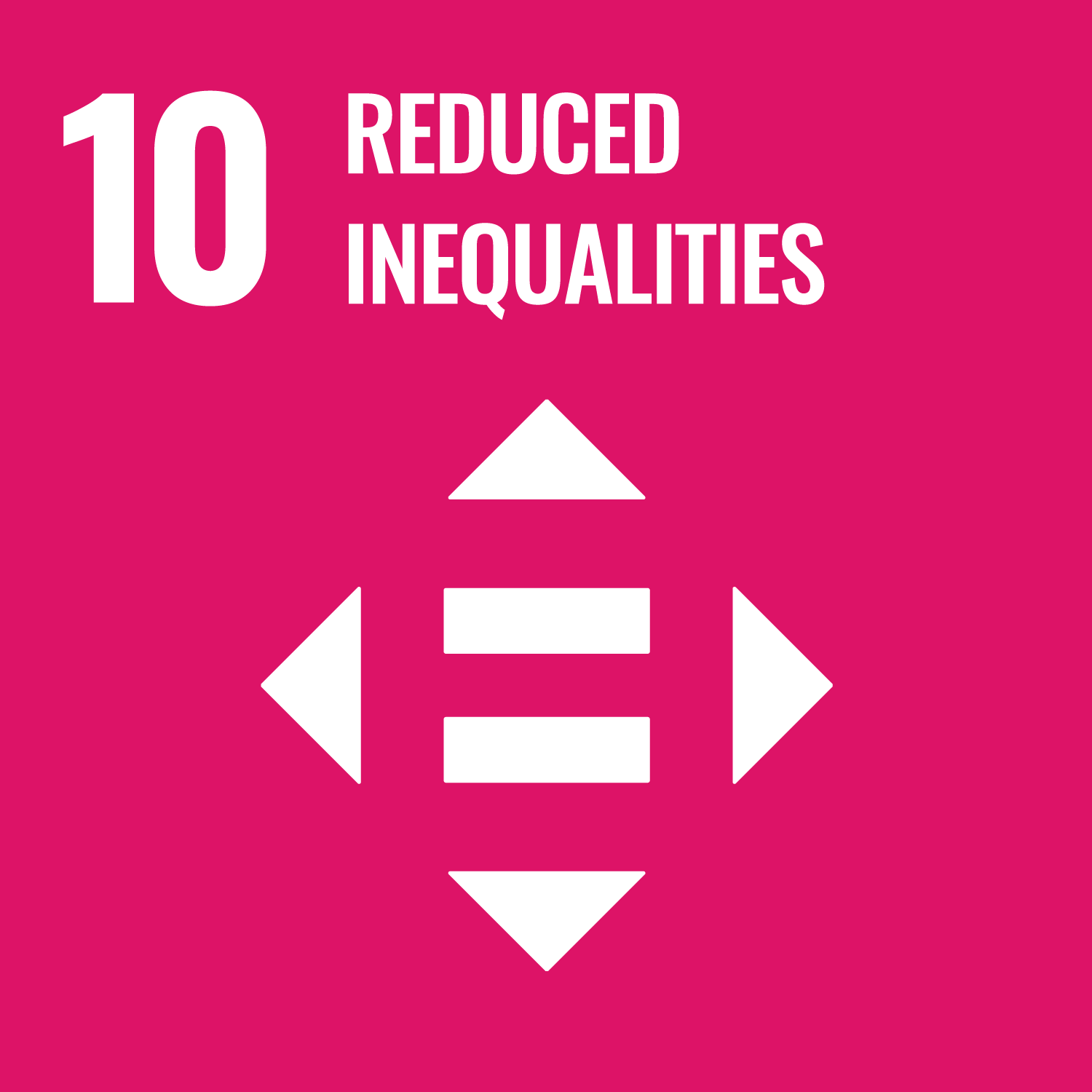This brief presents data on sexual and gender minority (LBT) women’s experiences of violence. The brief makes several key arguments: sexism, misogyny, homophobia and transphobia lead to violence against LBT women; the bulk of discourse around gender equality and women’s empowerment in development contexts is rooted in an assumption that all women are cisgendered and heterosexual—this means that LBT women are largely excluded from critical dialogue and violence reduction programming; that a gender equality agenda which exists within broader economic development goals must address the root causes of gender inequality; that women and women’s sexuality are subject to strict control, and that LBT women in patriarchal societies are doubly burdened; some evidence suggests that the more rigidly patriarchal a society is, the more homophobic it is; that LBT women are intersectionally disadvantaged and face specific forms of violence; and that ‘over, widespread, and frequently hostile discrimination and social exclusion are forms of violence; that can limit the ability of LBT women to meet their basic needs.
The report examines the root causes of discrimination against LBT women. This includes social norms; the denial of resources, services and opportunities that disincentives LBT women from seeking healthcare; interpersonal violence against LBT women; structural violence; and the impacts of these forms of violence upon LBT women. The brief then moves into ethical and safety recommendations for VAWG interventions to ensure LBT women are included in such interventions.








